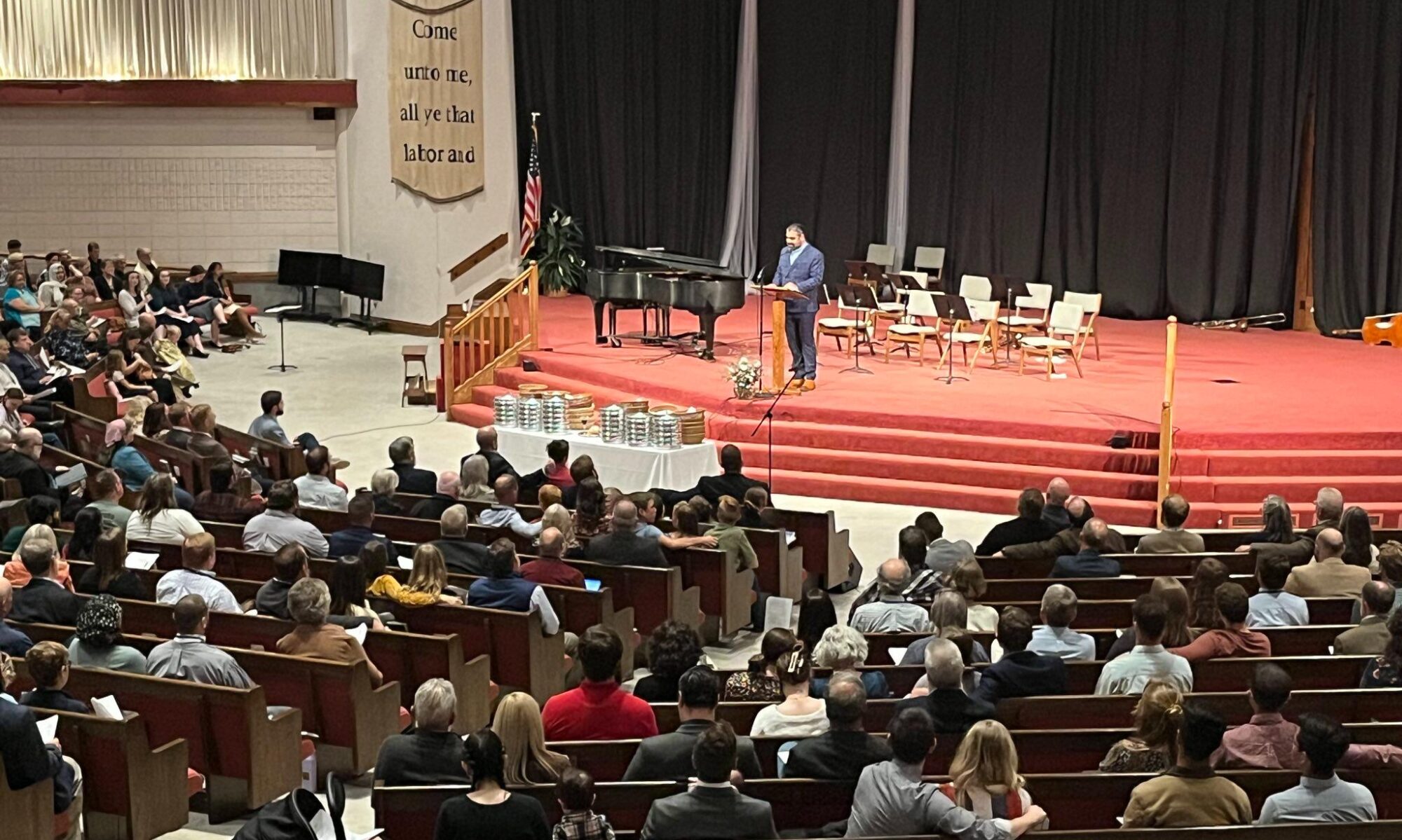A thoughtful parishioner, Alice Stout, concludes her research paper on Leviticus 11 and the dietary laws by stating that “Leviticus is a resurrection story. It resounds with the hope of a New Jerusalem because it puts the old to death. The dietary codes turn food into a fast, and turn creation into an abomination so that they can all be made new. Just as a seed must die before it produces a tree, so our daily litany of eating must become unclean before it can be made clean.”
The Cleansing of the Temple and Leviticus 14
The cleansing of the temple in John 2 is only one of three separate cleansings. The second cleansing is recorded in the synoptic gospels and the final cleansing occurs in AD70. This parallels the cleansing of the house by the priest in Leviticus 14. The priest inspects the house the first time and quarantines it. The second time, he comes and sees if the leprous plague has permeated the house and the third time he comes to tear the house down. The Jews had made the temple into a house of robbers infecting it with a leprous plague. Jesus as the great priest destroys the house completely 40 years later.
